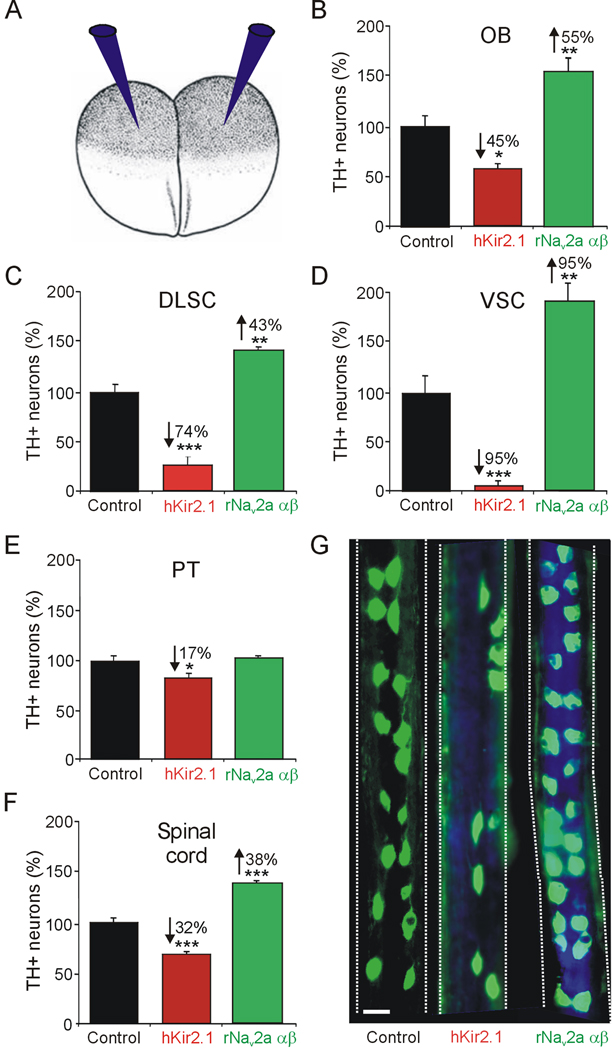Figure 3. Dopaminergic specification is activity-dependent.
A. Embryos at the two cell stage were injected bilaterally with either hKir2.1 or rNav2a αβ mRNA along with Cascade Blue tracer, to decrease or increase calcium spike activity, respectively (Borodinsky et al, 2004; Dulcis & Spitzer, 2008). B–F. Number of TH+ neurons (%) in activity-manipulated embryos in the OB (B), DLSC (C), VSC (D), PT (E) and spinal cord (F). G. Spinal cord wholemounts from stage 42 larvae stained for TH immunoreactivity (in green) show the effect of channel misexpression. The tracer (in blue) is seen in spinal cords from activity-manipulated larvae. Numerical percent change is indicated in cases of significant difference, marked by asterisks (n≥6 larvae per stage; values are mean ± SEM. *p<0.05, **p<0.01, ***p<0.001, comparing control values to hKir2.1 or rNav2a αβ. The Mann Whitney U test was used to assess statistical significance). B, scale bar is 25 µm.

